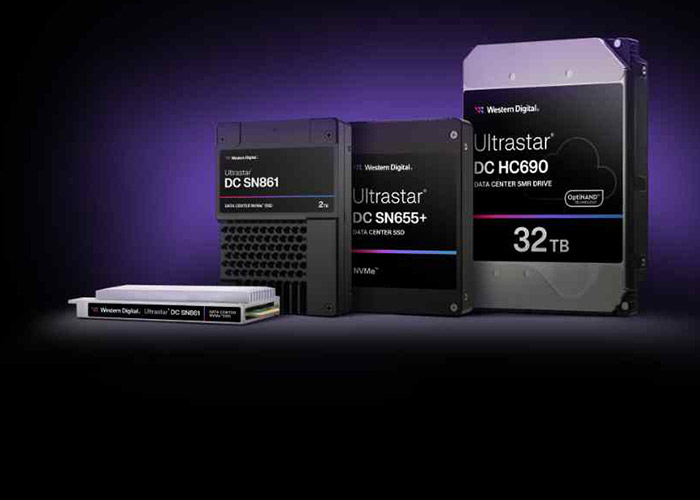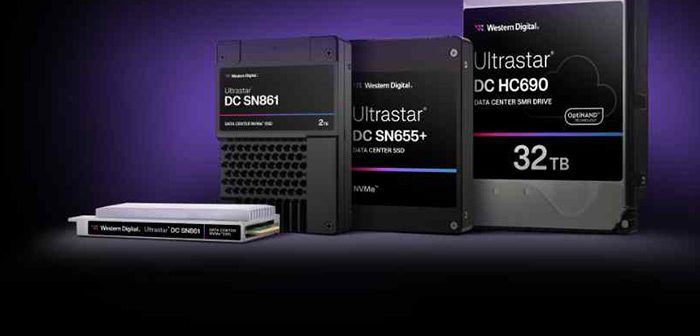
Western Digital has launched a six-stage AI Data Cycle framework that sets the optimal storage mix for AI workloads at scale.
The framework aligns the company’s portfolio of enterprise-class SSDs and HDDs to support key workloads within the AI data cycle and will help customers plan and develop advanced storage infrastructures to maximise their AI investments, improve efficiency, and reduce the total cost of ownership of their AI workflows.
Western Digital has matched its Flash and HDD product and technology roadmaps to the storage requirements of each critical cycle stage. The company is launching a high-performance PCIe Gen5 SSD to support AI training and inference; a high-capacity 64TB SSD for fast AI data lakes; and the world’s highest capacity ePMR, UltraSMR 32TB HDD for cost-effective storage at scale.
“As AI technologies become embedded across virtually every industry sector, storage has become an increasingly important and dynamic component of the AI technology stack,” said Western Digital’s Rob Soderbery. “The new AI Data Cycle framework will equip our customers to build a storage infrastructure that impacts the performance, scalability, and the deployment of AI applications.”
The new Ultrastar DC SN861 SSD is Western Digital’s first enterprise-class PCIe Gen 5.0 solution with industry-leading random read performance and projected best-in-class power efficiency for AI workloads. Complementing the Ultrastar DC SN861 is the expanded Ultrastar DC SN655 enterprise-class SSD range designed for storage-intensive applications. The new options for the U.3 SSD will reach up to 64TB, driving higher performance and capacity for AI data preparation and faster, larger data lakes. Western Digital is also now sampling the industry’s highest-capacity, 32TB ePMR enterprise-class HDD to select customers.
“Each stage of the AI Data Cycle is unique with different infrastructure and compute requirements. By understanding the dynamic interplay between AI and data storage, Western Digital is delivering solutions that not only offer higher capacities but are also tailored to support the extreme performance and endurance of next-generation AI workloads,” said Soderbery. “With our growing portfolio, long-term roadmap and constant innovation, our goal is to help customers unlock the transformative capabilities of AI.”





